The Hudson Hornet didn’t just cruise through the 1950s—it dominated. With a low-slung profile, serious performance chops, and a racing resume that left other manufacturers scrambling, the Hornet carved out a reputation as one of the most formidable cars of its era. While other brands leaned on flash, Hudson engineered something that could run circles around the pack and still look good parked at the diner.
This article breaks down 10 key facts about the Hudson Hornet that explain how it became a legend. From its Twin H-Power setup to its NASCAR triumphs, each section unpacks the story behind one of the most respected names in American car history.
The Birth of the Hudson Hornet
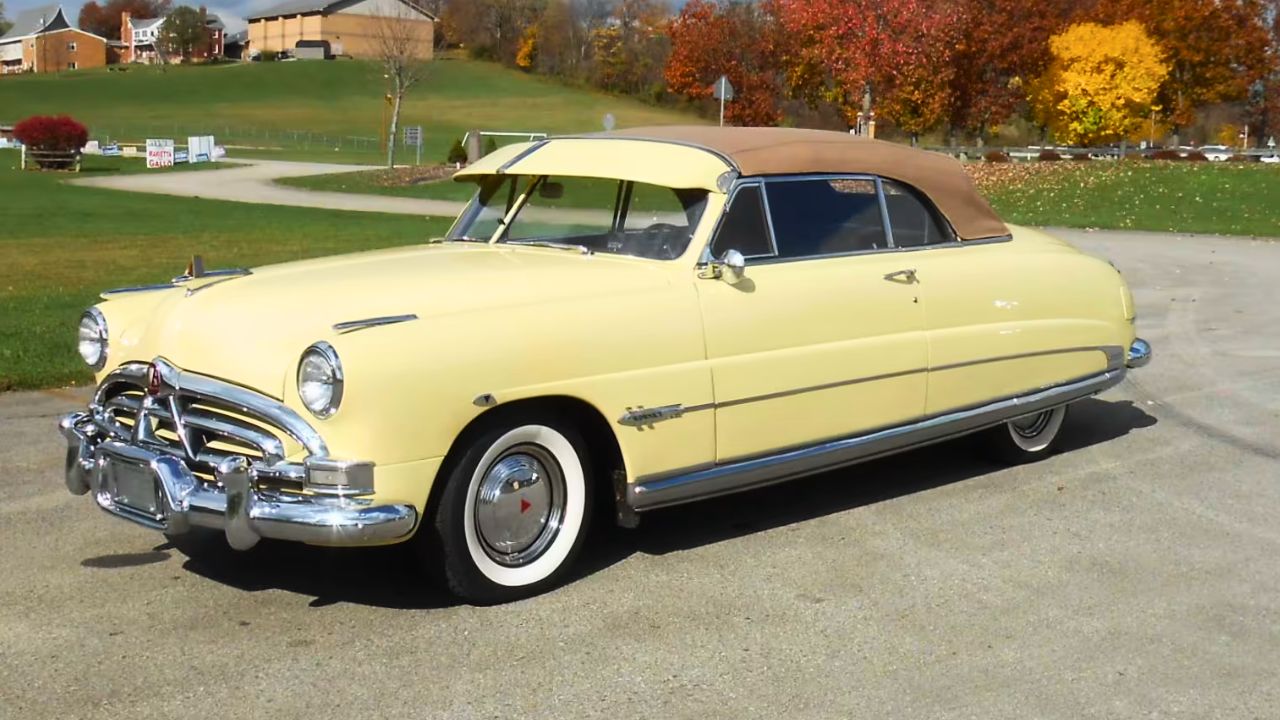
The Hudson Hornet made its debut in 1951 as a full-sized sedan, coupe, or convertible. Built by the Hudson Motor Car Company in Detroit, it was part of Hudson’s effort to blend performance with practicality. At the time, Hudson wasn’t seen as a performance brand, but that was about to change.
Right out of the gate, the Hornet carried a 308 cubic inch inline-six that would become legendary. It wasn’t flashy, but it was solid and torquey. Combined with a lower center of gravity from Hudson’s unique design, the Hornet had the bones to become something serious on the track and in the showroom.
Step-Down Design Gave It the Edge
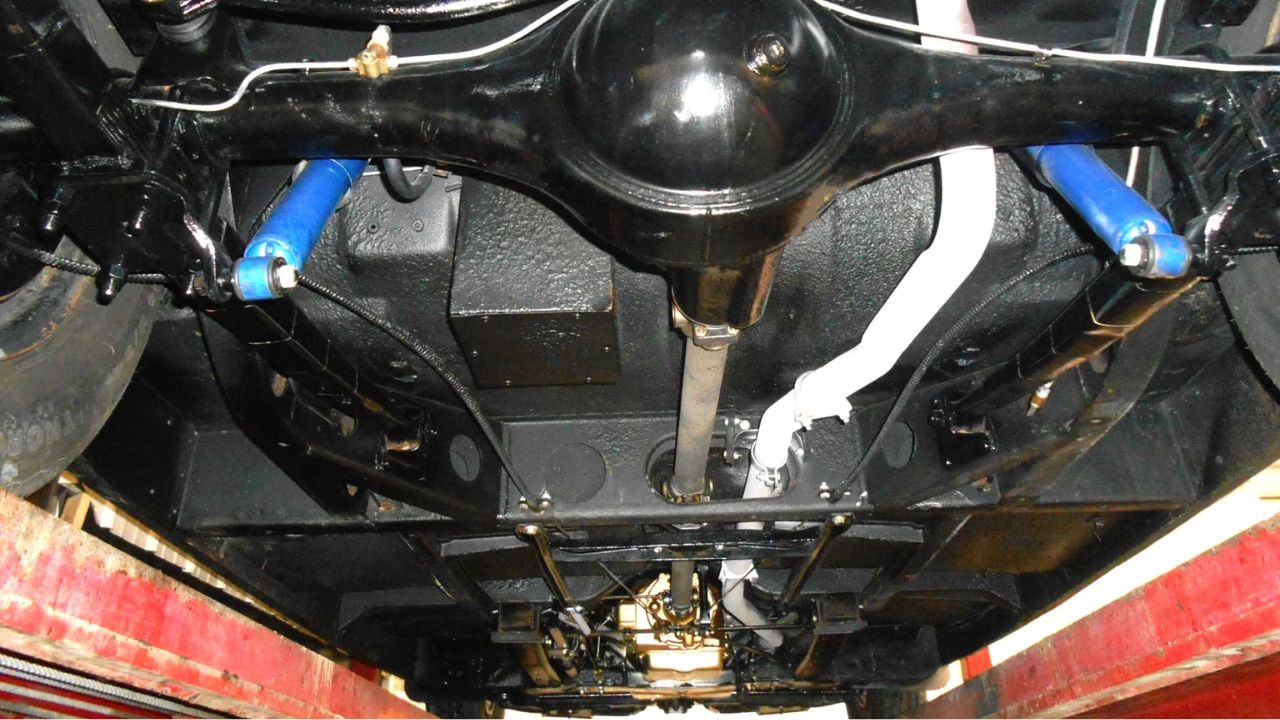
Hudson’s “step-down” design meant the floorpan sat inside the frame, not on top of it. This lowered the car’s center of gravity dramatically without sacrificing interior space or comfort. It was a game-changer.
While other manufacturers were still building high-riding cars, Hudson was already setting the stage for performance handling. The design improved both aerodynamics and stability, giving the Hornet a clear advantage in real-world driving and on the track. For a car from the early ’50s, it was well ahead of its time.
Power from the Twin H-Power Straight-Six
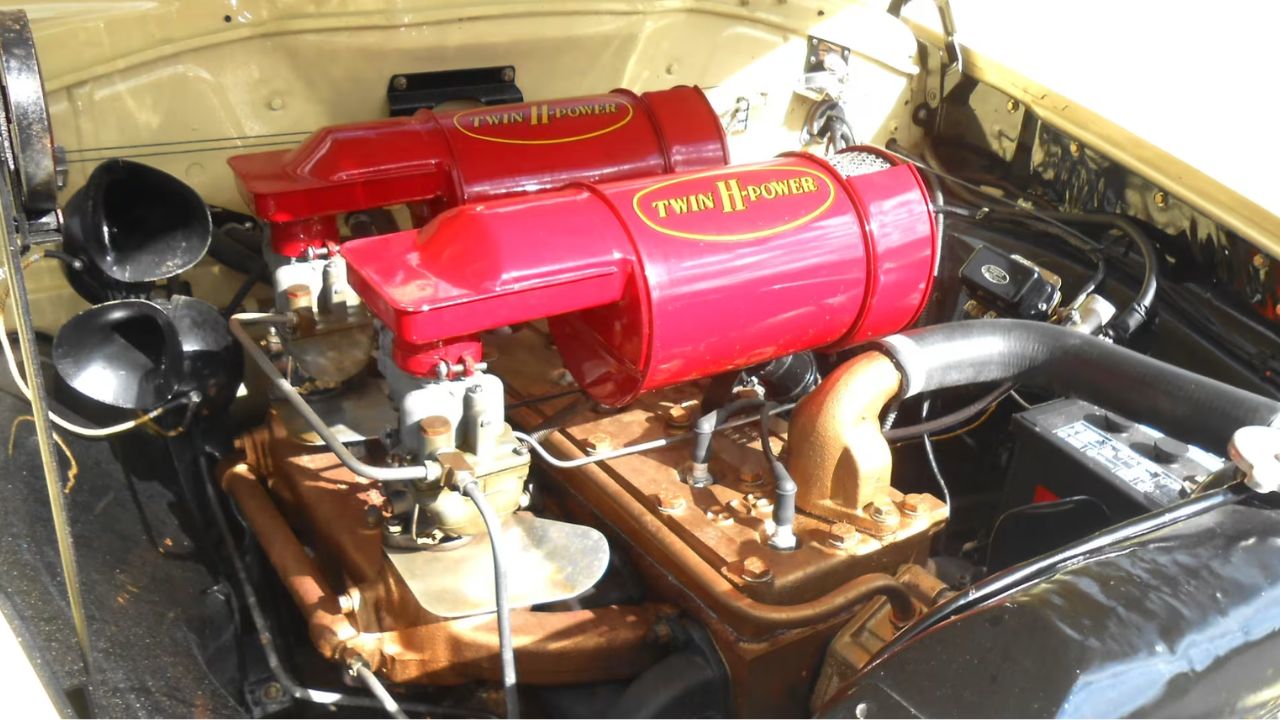
Hudson didn’t rely on V8s to make headlines. Instead, they doubled down on their straight-six. The 308 ci engine was enhanced with a dual-carburetor setup known as Twin H-Power, which bumped output to 170 horsepower and over 260 lb-ft of torque.
That might not sound wild today, but back in the early ’50s, it was a serious figure. The torque-rich inline-six gave the Hornet a hard-hitting launch, and the twin carbs kept it pulling strong. It wasn’t just about peak power—it was how usable that power was across the band.
The Hornet’s NASCAR Reign
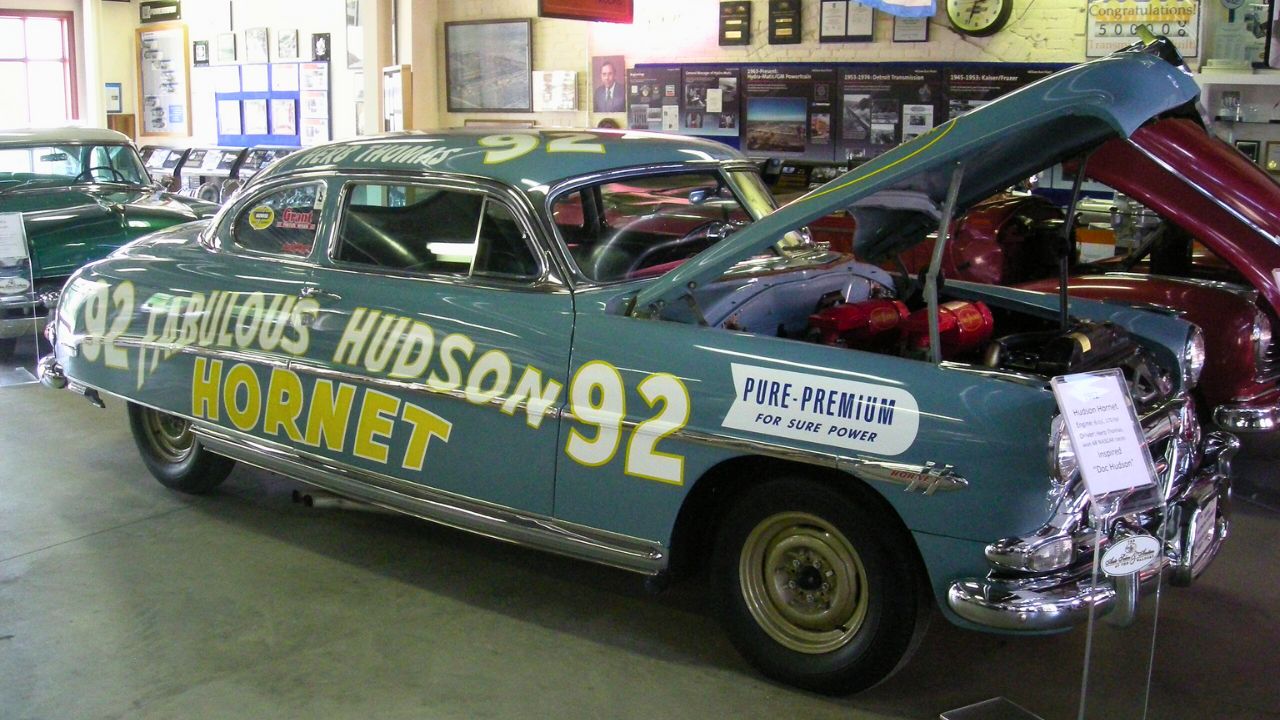
From 1951 to 1954, the Hudson Hornet dominated stock car racing. Piloted by legendary drivers like Marshall Teague and Herb Thomas, the Hornet racked up more than 80 NASCAR wins in four seasons. That kind of performance wasn’t a fluke.
Thanks to its low center of gravity, strong straight-six, and solid suspension tuning, the Hornet was nearly unbeatable on short and medium ovals. It made believers out of skeptics and proved a six-cylinder car could out-handle and outrun V8-powered rivals when set up right.
Doc Hudson Wasn’t Just a Cartoon
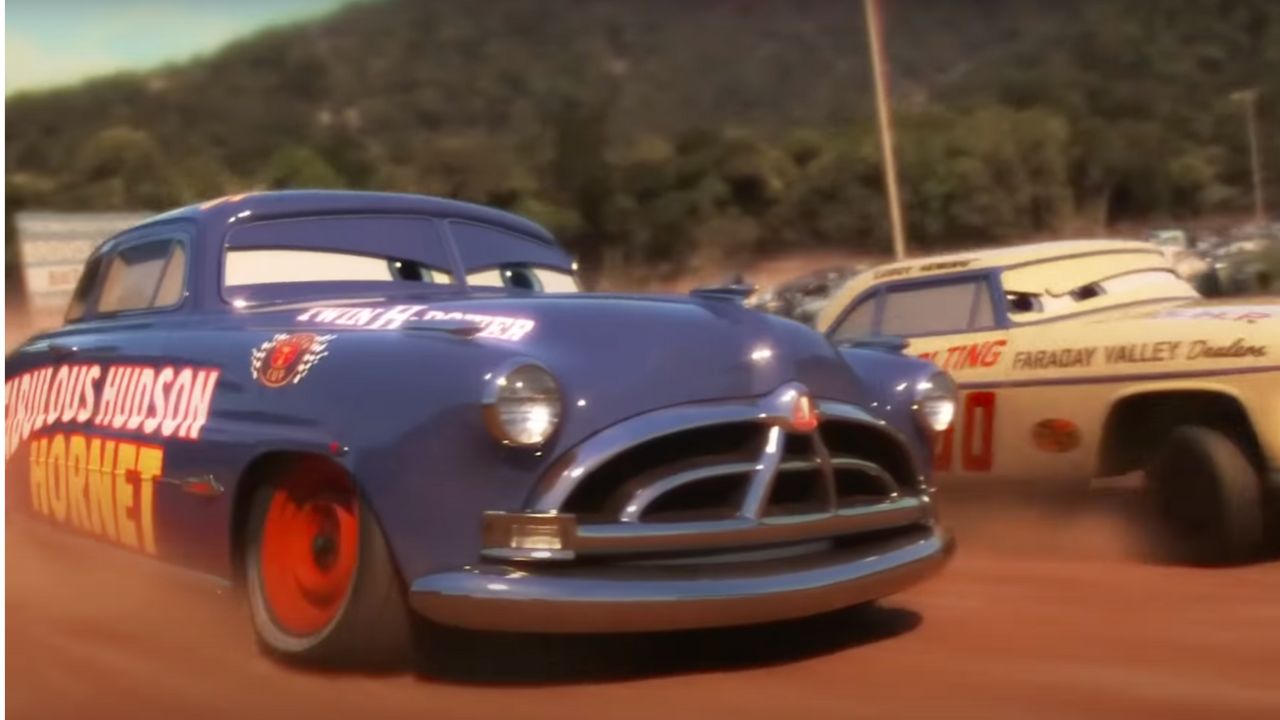
When Disney-Pixar’s Cars hit theaters in 2006, Doc Hudson introduced a whole new generation to the Hornet. Voiced by Paul Newman, the character was based on the real-life racing legacy of Hudson’s factory effort in the early ’50s.
The movie didn’t exaggerate the Hornet’s performance. Doc Hudson was a nod to the car that really did school the competition in its day. While many kids watched the movie and thought it was all fiction, real gearheads knew Doc’s racing resume came straight from the history books.
1954 Marked the Last True Hornet
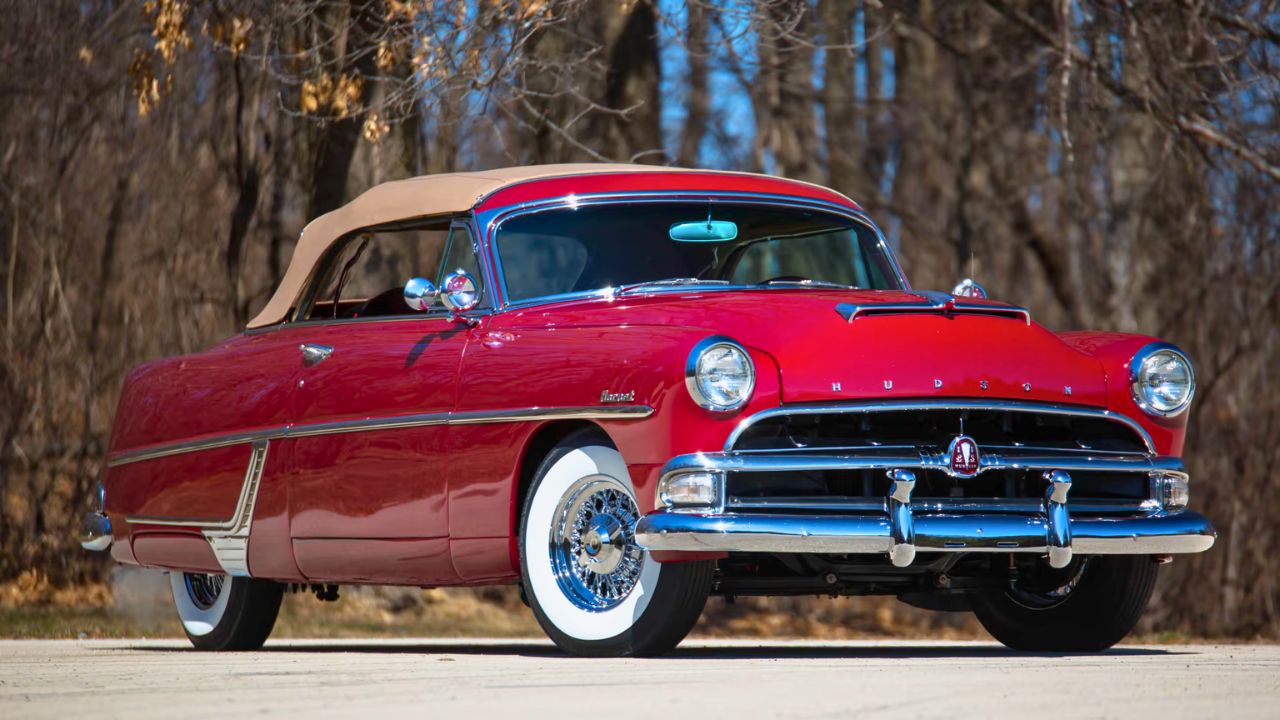
By 1954, the independent Hudson Motor Car Company was struggling to keep pace with the Big Three. That year marked the last time a Hornet was truly built by Hudson before the merger with Nash to form AMC.
The 1954 Hornet carried over many of the performance touches but was already facing an uphill battle in the showroom. After the merger, the Hornet nameplate lived on—but it was never quite the same. Purists often point to 1954 as the end of the real Hornet era.
Interiors That Didn’t Skimp on Comfort
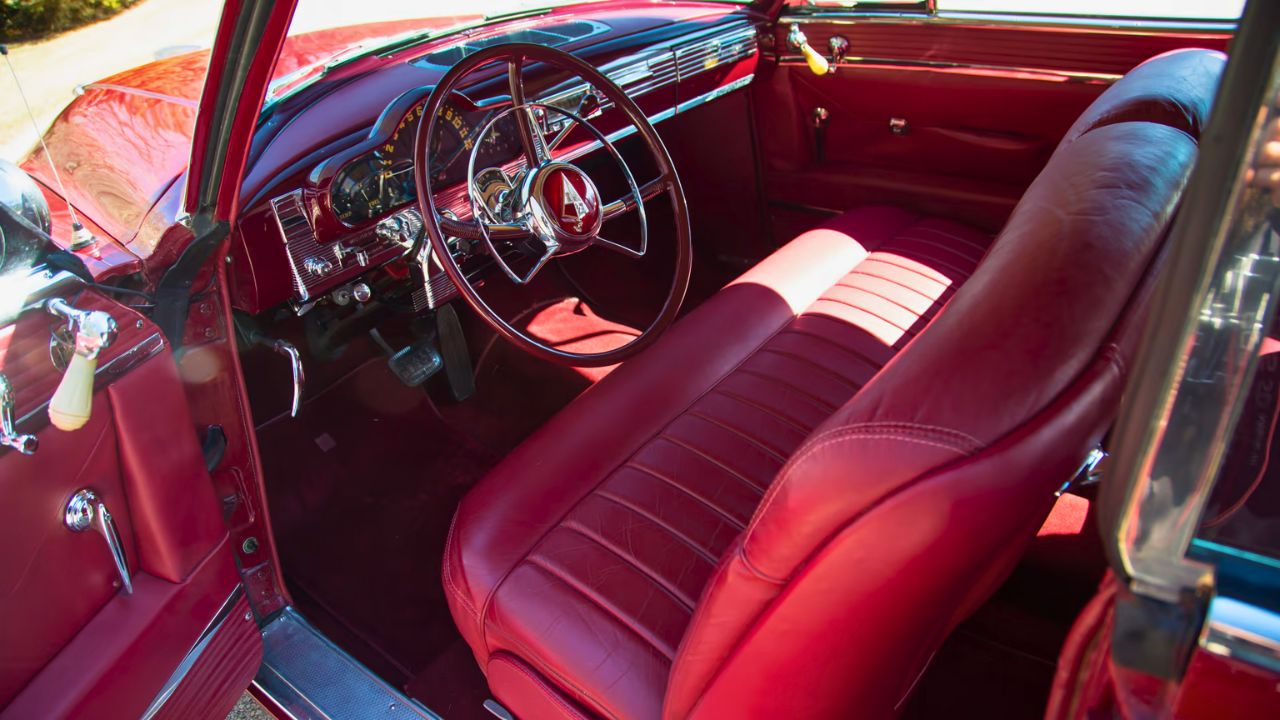
Hudson wasn’t just chasing lap times. The Hornet’s cabin was surprisingly refined for a performance-minded machine. You got bench seats with decent bolstering, plenty of legroom, and a simple but stylish dash.
It had enough room to function as a family car while still being a weekend track threat. That dual-purpose approach made the Hornet appealing to buyers who wanted speed without compromising comfort. It walked a fine line, and it did it well.
It Was a Favorite Among Privateers
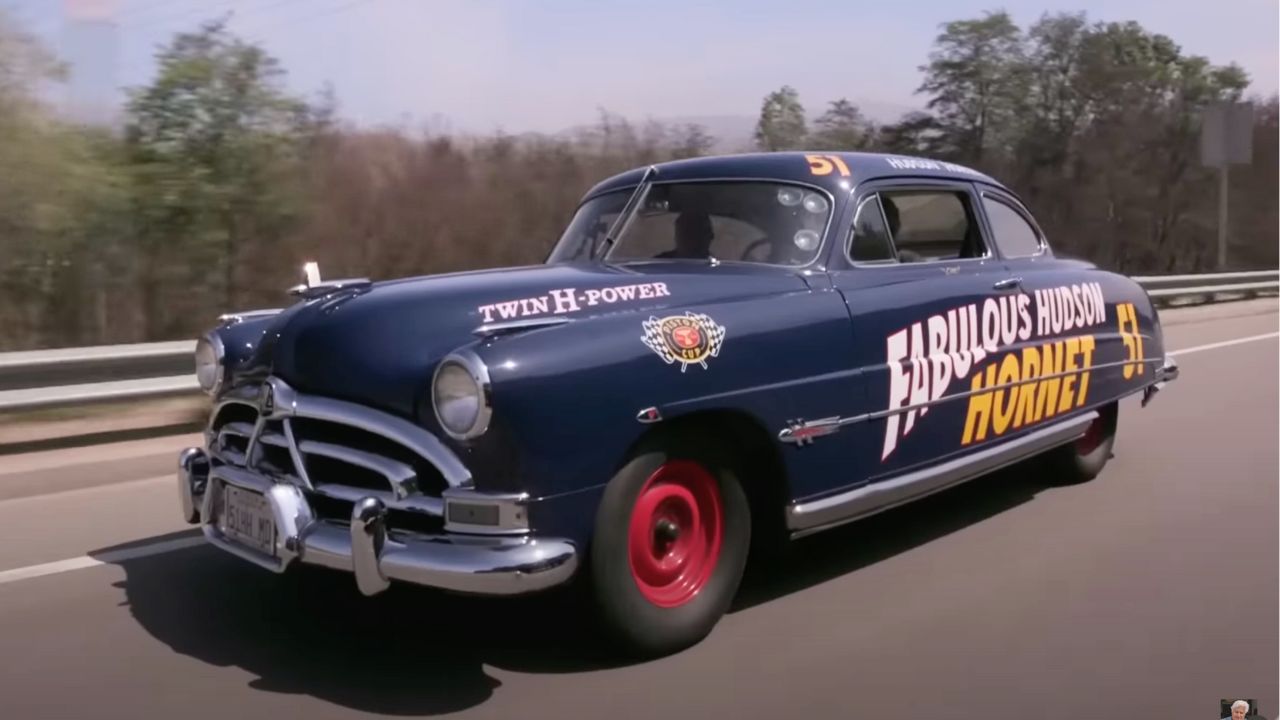
Not every Hornet was backed by the factory. A lot of success came from independent drivers and teams who saw the Hornet as a reliable, competitive platform. That grassroots support helped build the car’s reputation far beyond Detroit.
Privateers liked the Hornet for its easy-to-tune engine, predictable handling, and durability under pressure. It didn’t need a big corporate bankroll to win races. All it needed was someone who knew how to wrench and drive.
Hudson Went All In on Racing
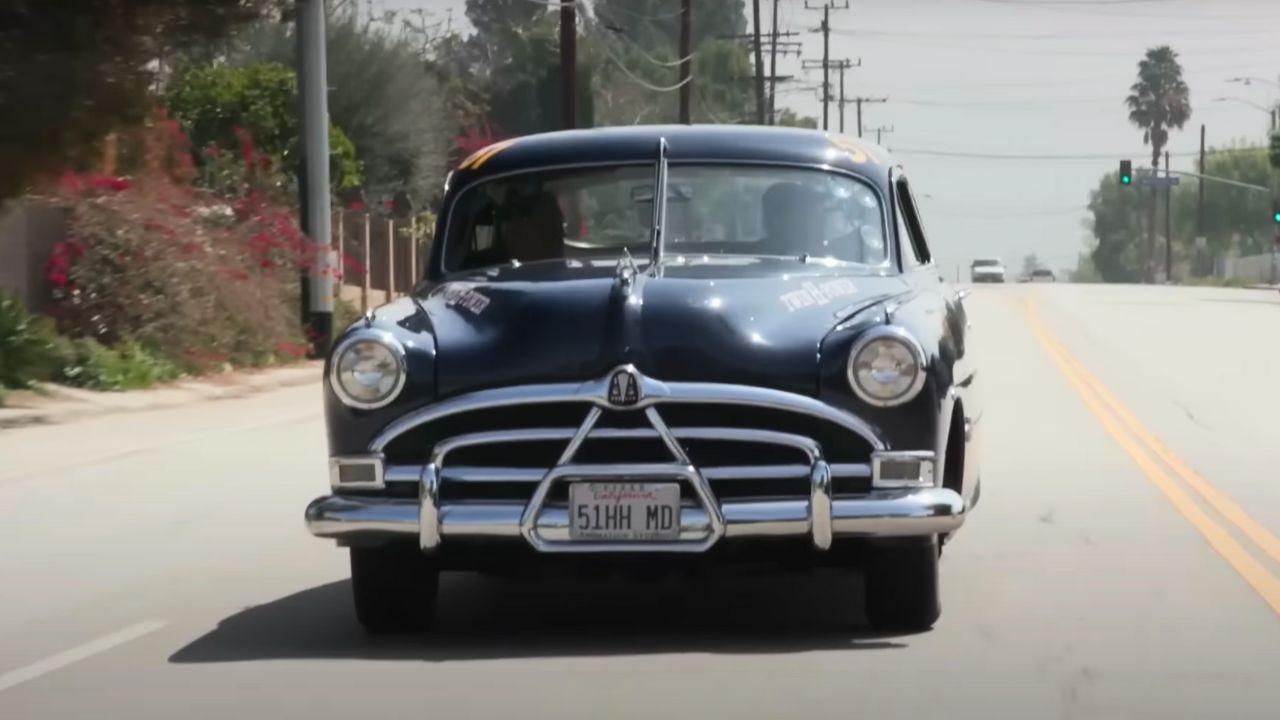
Hudson was one of the few manufacturers in the early ’50s that threw serious money and engineering support behind racing. They weren’t just watching from the sidelines; they were developing parts and pushing performance boundaries.
From custom cams to suspension tweaks, the factory-backed race program turned the Hornet into a winning machine. This commitment showed in the results—and in the respect Hudson earned from racers and fans alike. For a small company, they punched well above their weight.
Legacy Lives On in the Collector World
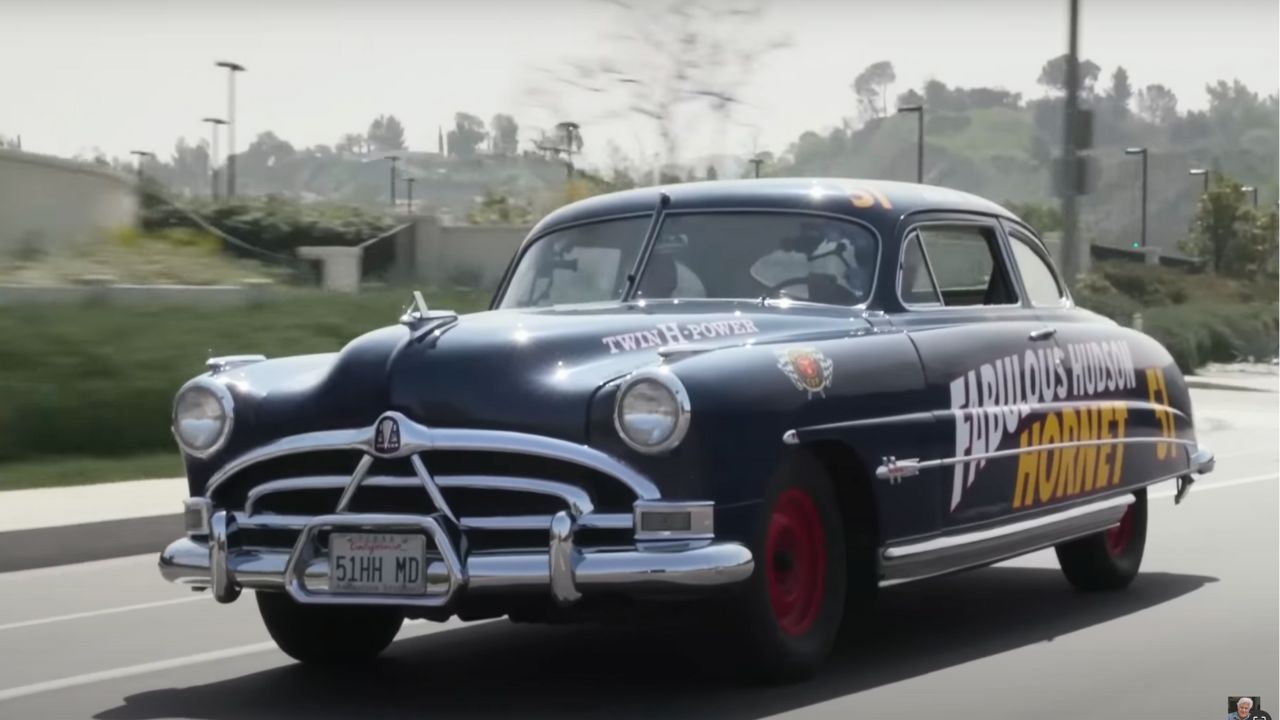
Today, the Hudson Hornet is a staple in vintage racing and classic car circles. Original examples, especially those with Twin H-Power and good documentation, fetch solid prices and plenty of attention.
More than just a museum piece, the Hornet still gets driven, shown, and even raced. It’s a car that represents an era where a small company with a clever idea could run circles around bigger rivals. That legacy is what keeps the Hornet relevant all these years later.
Like what you read? Here’s more by us:
*Created with AI assistance and editor review.


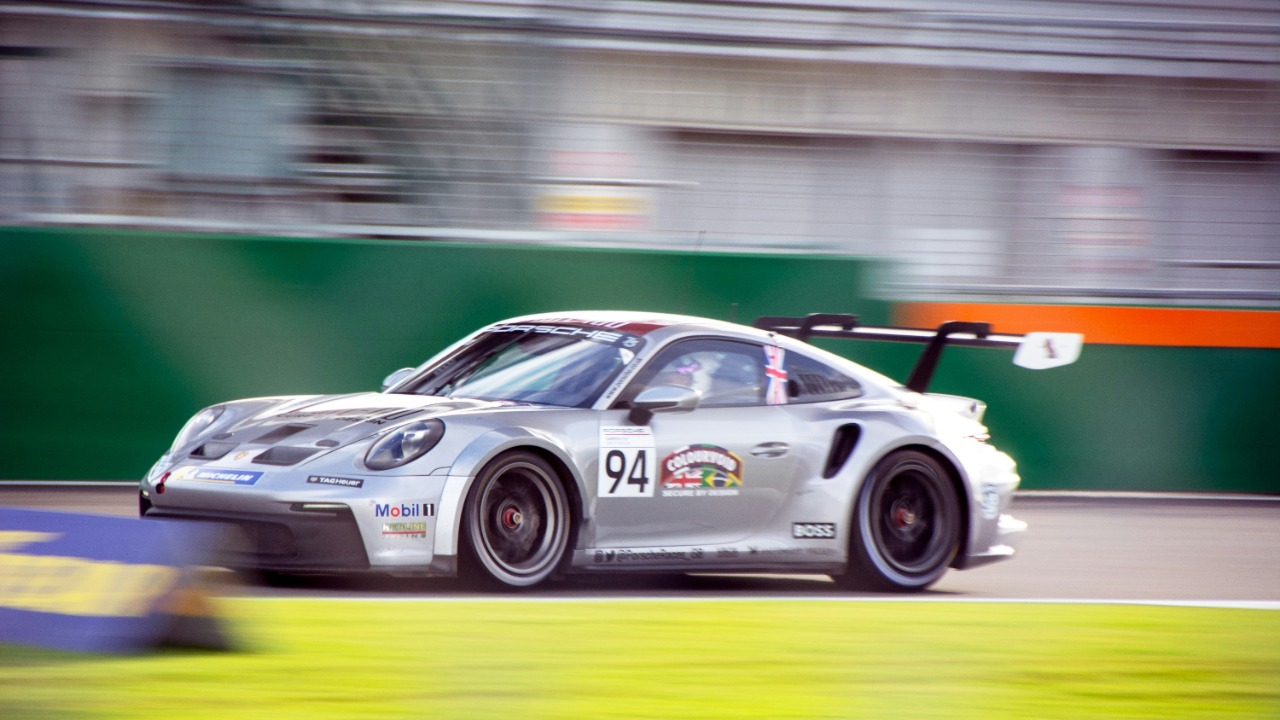
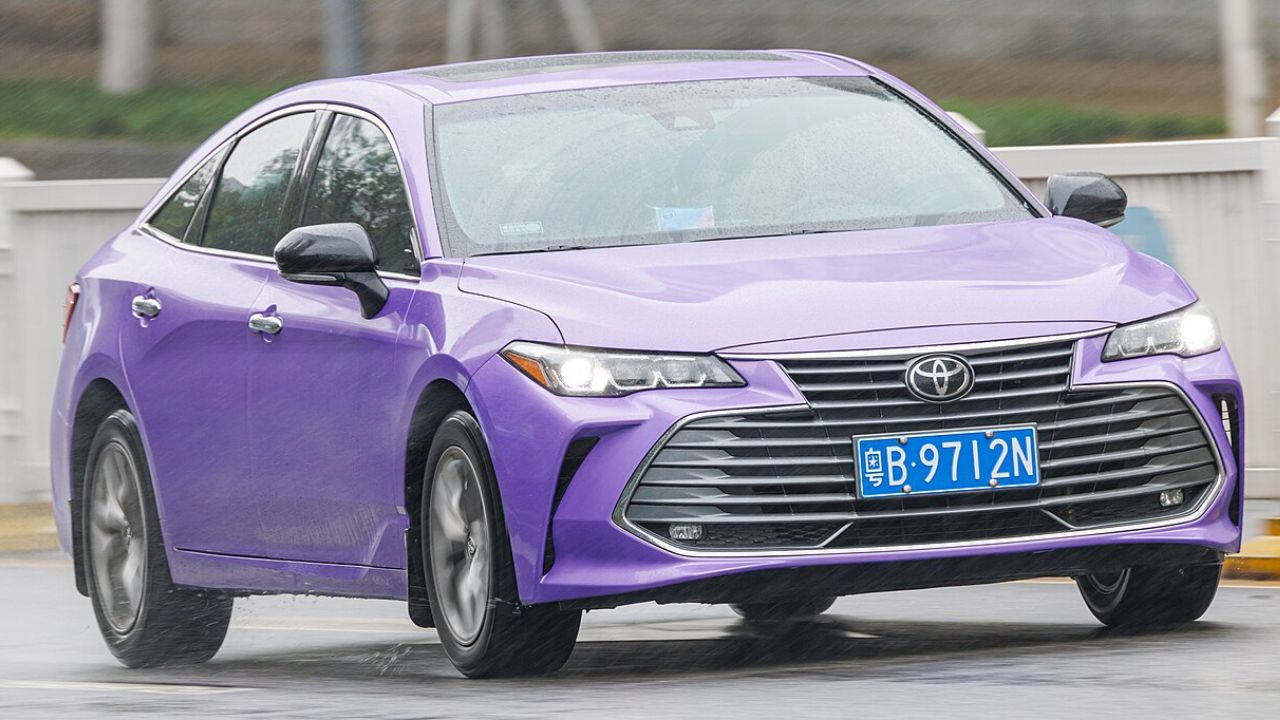
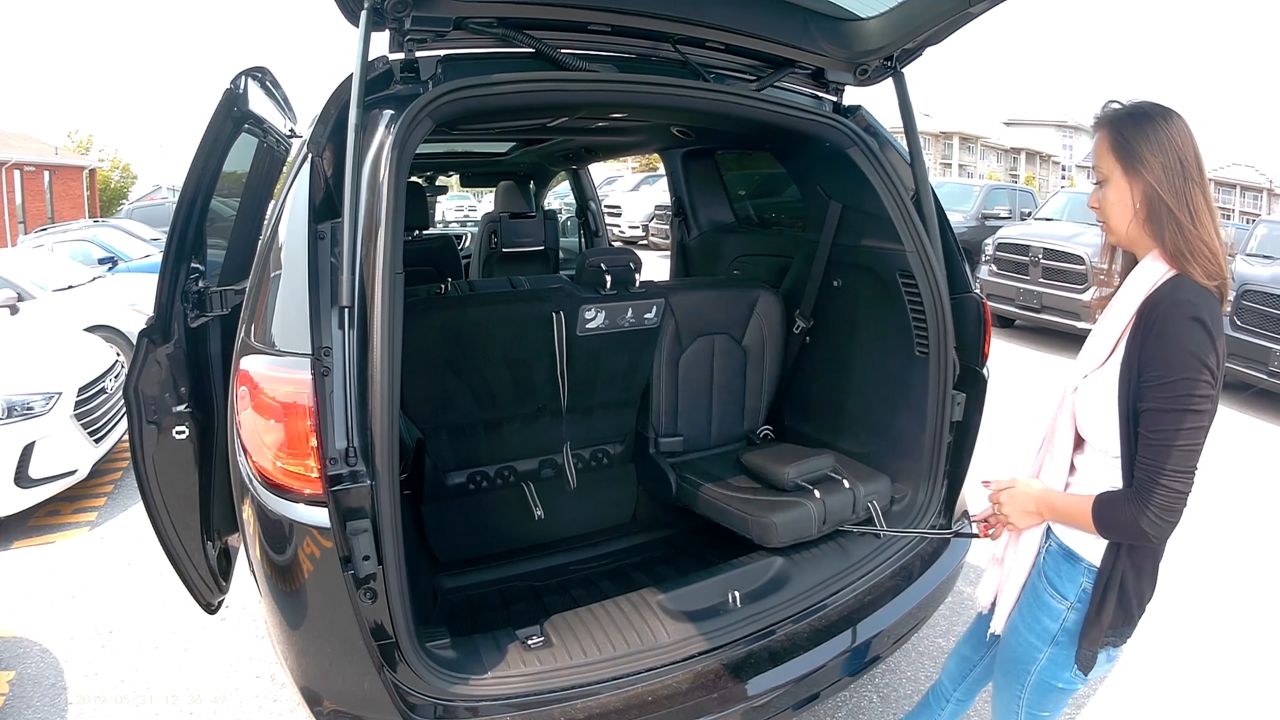
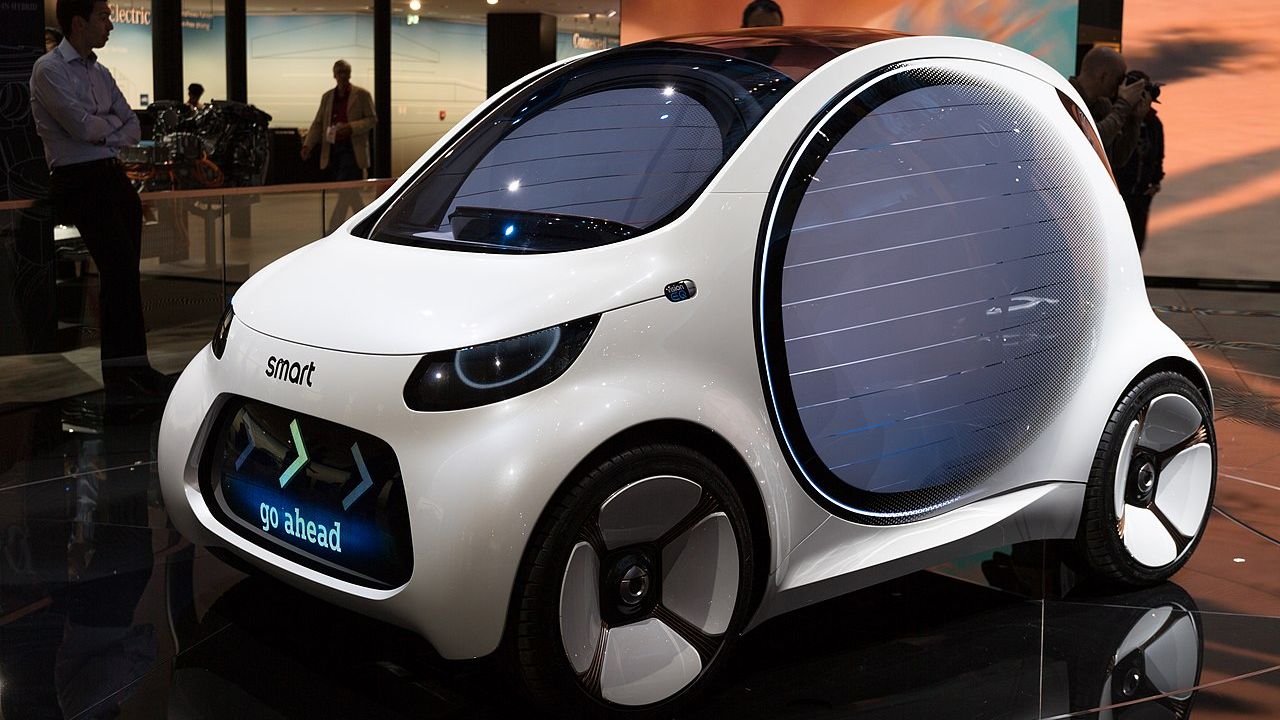
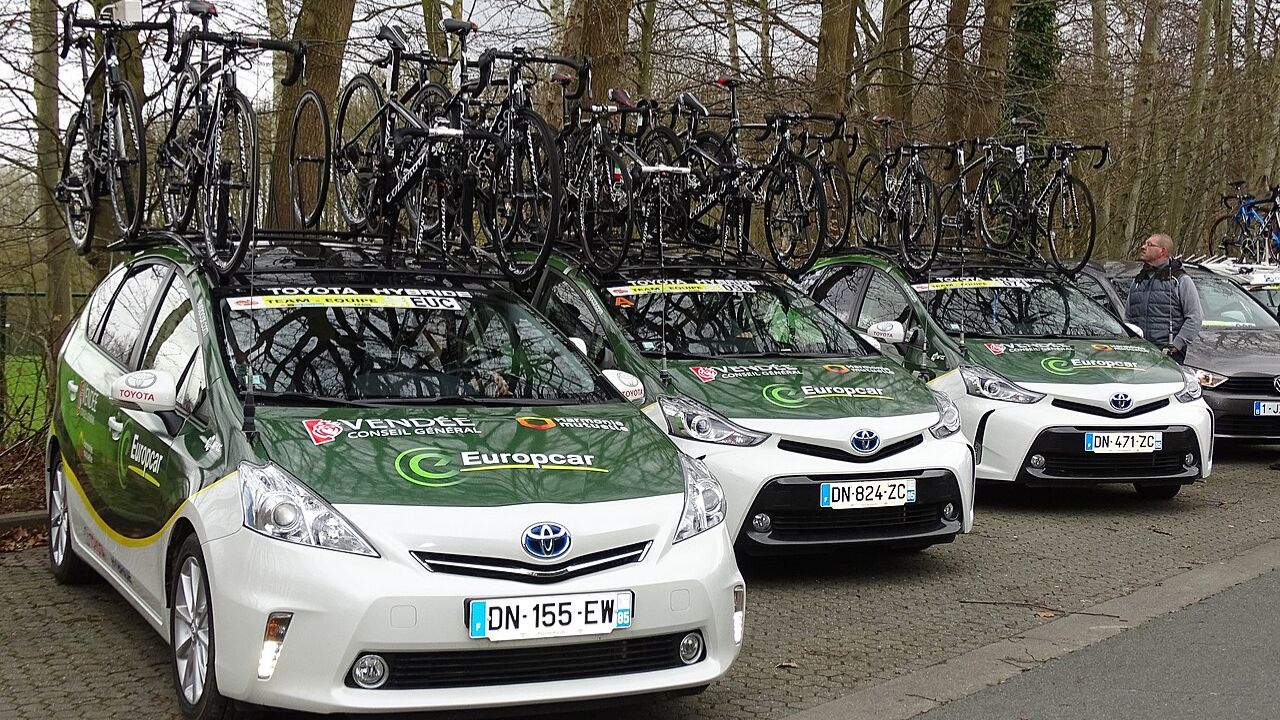
Leave a Reply